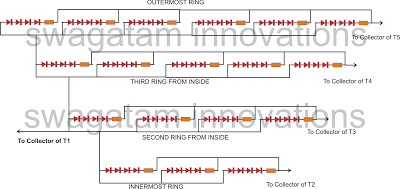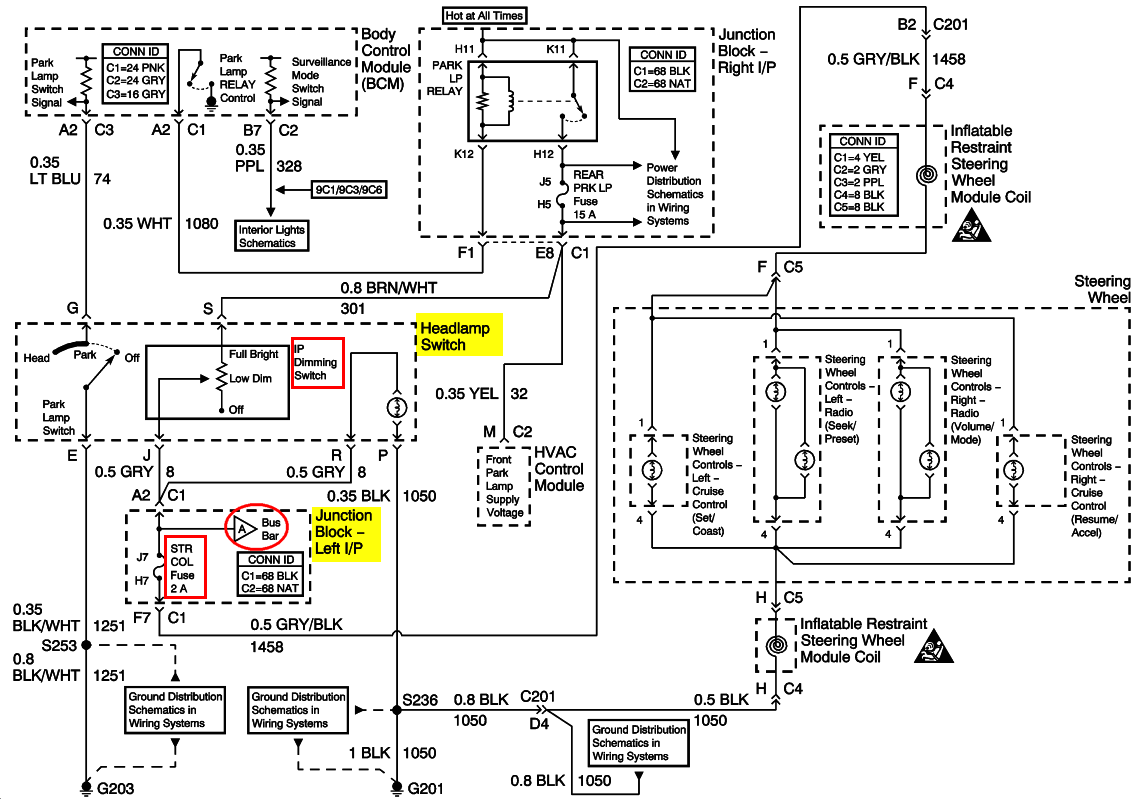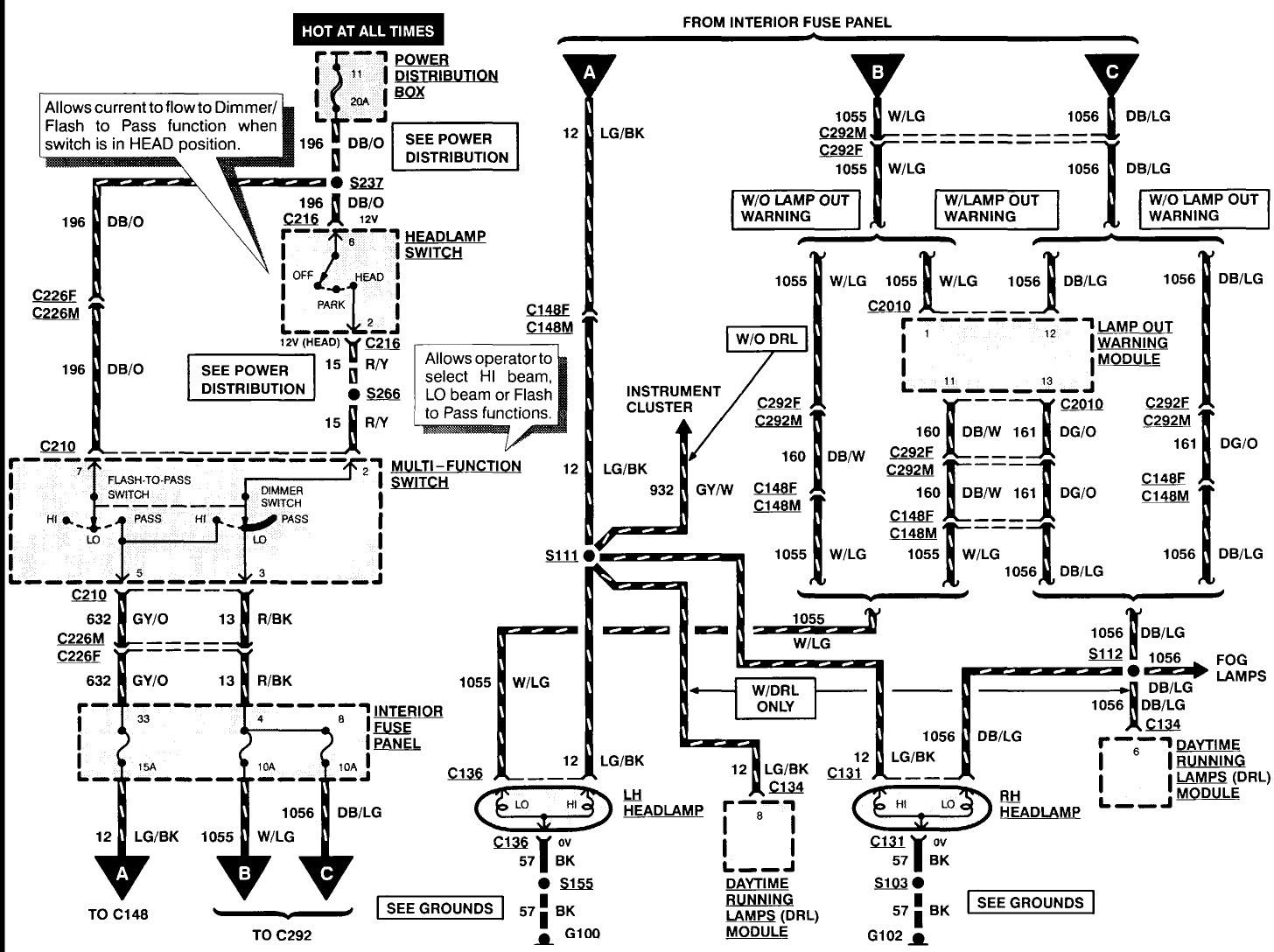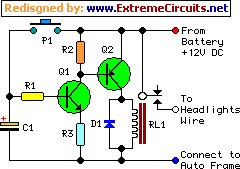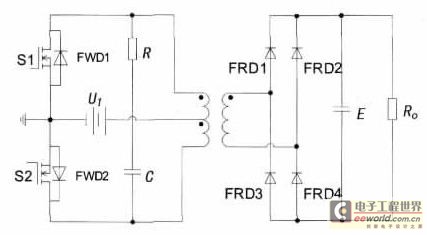
Light Switch
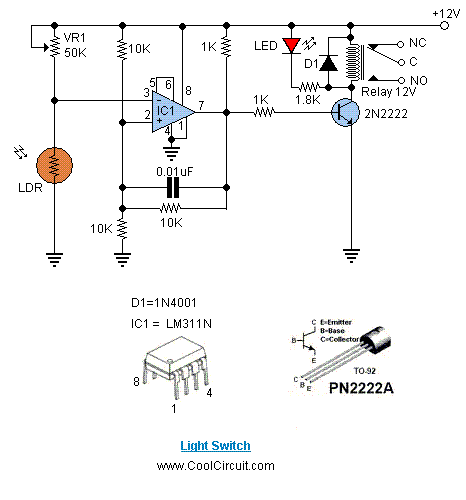
Light Switch. This is a light switch or light-activated relay circuit. The relay activates when the light-dependent resistor (LDR) is uncovered and deactivates when the LDR is covered. It is adjustable for sensitivity and includes an LED indicator.
This light-activated relay circuit utilizes a light-dependent resistor (LDR) as the primary sensing element. The LDR changes its resistance based on the ambient light level; it has a low resistance in bright light and high resistance in darkness. This characteristic is leveraged to control a relay, which can switch on or off a connected load, such as a lamp or other light fixtures.
The circuit typically consists of the following components: an LDR, a variable resistor (VR1) for sensitivity adjustment, a relay, a transistor to drive the relay, and an LED indicator for visual feedback. The LDR is connected in a voltage divider configuration with VR1, allowing for fine-tuning of the circuit's response to light levels.
When the light intensity exceeds a certain threshold, the resistance of the LDR decreases, causing the voltage across it to drop. This change is detected by the transistor, which then activates the relay, closing the circuit and powering the connected load. Conversely, when the light level falls below the set threshold, the LDR's resistance increases, leading to a higher voltage across it, turning off the transistor and deactivating the relay.
The LED indicator is connected in parallel with the relay and will illuminate when the relay is activated, providing a clear visual indication of the circuit's status. The sensitivity adjustment via VR1 allows the user to set the desired light level at which the relay should activate, making the circuit versatile for various applications, such as automatic lighting in dark environments or security lighting systems.
Overall, this circuit offers a practical solution for automated light control, enhancing convenience and energy efficiency in lighting applications.Light Switch. This is a light switch or light activated relay circuit.The relay if LDR uncoverd and relays, if LDR VR1 covered.Adjust sensitive.LED for. 🔗 External reference
This light-activated relay circuit utilizes a light-dependent resistor (LDR) as the primary sensing element. The LDR changes its resistance based on the ambient light level; it has a low resistance in bright light and high resistance in darkness. This characteristic is leveraged to control a relay, which can switch on or off a connected load, such as a lamp or other light fixtures.
The circuit typically consists of the following components: an LDR, a variable resistor (VR1) for sensitivity adjustment, a relay, a transistor to drive the relay, and an LED indicator for visual feedback. The LDR is connected in a voltage divider configuration with VR1, allowing for fine-tuning of the circuit's response to light levels.
When the light intensity exceeds a certain threshold, the resistance of the LDR decreases, causing the voltage across it to drop. This change is detected by the transistor, which then activates the relay, closing the circuit and powering the connected load. Conversely, when the light level falls below the set threshold, the LDR's resistance increases, leading to a higher voltage across it, turning off the transistor and deactivating the relay.
The LED indicator is connected in parallel with the relay and will illuminate when the relay is activated, providing a clear visual indication of the circuit's status. The sensitivity adjustment via VR1 allows the user to set the desired light level at which the relay should activate, making the circuit versatile for various applications, such as automatic lighting in dark environments or security lighting systems.
Overall, this circuit offers a practical solution for automated light control, enhancing convenience and energy efficiency in lighting applications.Light Switch. This is a light switch or light activated relay circuit.The relay if LDR uncoverd and relays, if LDR VR1 covered.

